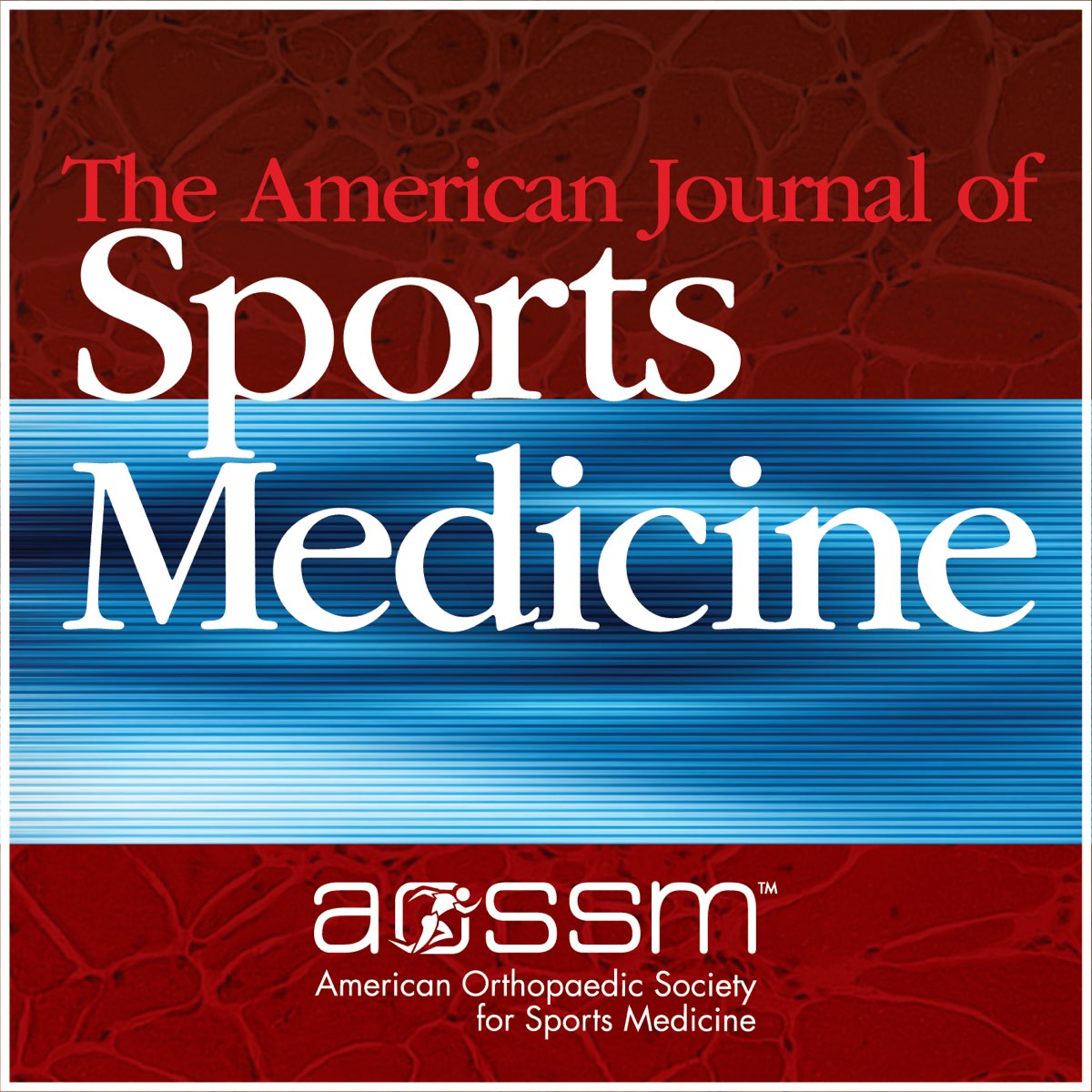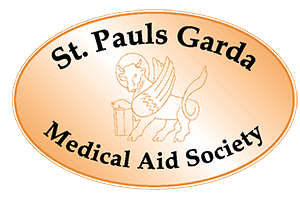We are delighted to announce that groundbreaking research conducted by clinicians at UPMC Sports Surgery Clinic, amongst others, on Returning to Play after ACL Reconstruction has been published in The American Journal of Sports Medicine this month.
Primary Anterior Cruciate Ligament Reconstruction in Level 1 Athletes
Factors Associated with Return to Play Reinjury and Knee Function at 5 Years of Follow-up
Timothy McAleese, MCh, MRCSI https://orcid.org/0000-0001-9713-9057, Neil Welch, PhD, Enda King, PT, PhD https://orcid.org/0000-0003-0434-1489, Davood Roshan, PhD, Niamh Keane, MSc, Kieran A. Moran, PhD https://orcid.org/0000-0003-2015-8967, Mark Jackson, MD, Daniel Withers, MD, Ray Moran, MD, and Brian M. Devitt, MD, PhD
Abstract
Background:
Favourable outcomes after anterior cruciate ligament (ACL) reconstruction (ACLR) are often gauged by a successful return to play (RTP), a low incidence of subsequent ACL injury, and positive patient-reported outcomes. Level 1 sports place the highest demands on the knee by requiring frequent pivoting, changes in direction, and jumping.
Purpose:
To analyze the outcomes of primary ACLR in level 1 athletes and identify pre- and intraoperative factors associated with RTP, ipsilateral ACL reinjury, contralateral ACL injury, and International Knee Documentation Committee (IKDC) score at 5 years postoperatively.
Study Design:
Cohort study; Level of evidence, 2.
Methods:
A consecutive cohort of 1432 patients who underwent primary ACLR by 2 orthopaedic surgeons were prospectively evaluated. The RTP rate, incidence of ipsilateral/contralateral ACL injury, and IKDC score were analyzed at 5 years. Comparative analysis of clinical variables was performed between those who achieved favorable outcomes and those who did not. Outcomes at 5 and 2 years were also compared.
Results:
The mean age was 24.3 ± 7.3 years (males: 75%, females: 25%). Gaelic football was the predominant sport (40%), followed by soccer (19%). The RTP rate was 87.4%, with 59.8% of athletes still playing at an equivalent or higher level at 5 years. The incidence of ipsilateral reinjury for athletes who resumed level 1 sport was 4.3% for bone–patellar tendon–bone (BPTB) autografts with screw fixation and 19.7% for hamstring tendon (HT) autografts with EndoButton and screw fixation. The incidence of contralateral ACL injury was 13.7%. The mean IKDC score at 5 years (86.6 ± 10.9) was comparable to that at 2 years (86.8 ± 10.1). Patients were more likely to RTP with each year of decreasing age (OR, 1.06; P < .001), with a higher preoperative Marx score (OR, 1.08; P < .001) or a higher 5-year IKDC score (OR, 1.06; P < .001). The risk of ipsilateral ACL reinjury increased each year of decreasing age (OR, 1.11; P < .001) or when an HT autograft was used (OR, 5.56; P < .001). Younger age was also associated with contralateral ACL injury (OR, 1.1; P < .001). Female sex, older age, concomitant meniscal/chondral injuries, and lower preoperative Anterior Cruciate Ligament Return to Sport after Injury scores were associated with lower IKDC scores at 5 years.
Conclusion:
Most patients could return to level 1 sports, although their performance level was impacted. Those who returned to sport maintained their performance level over the 5 years. The ipsilateral reinjury rate for BPTB autografts with screws was significantly lower than that for HT autografts with EndoButton and screw fixation. Most ACL reinjuries occurred between 2 and 5 years of follow-up. Younger patients had an increased risk of a subsequent ACL injury to either knee, regardless of graft type. IKDC scores were lower in female patients, older patients, and those with concomitant meniscal/cartilage injuries.
Registration:
NCT02771548 (ClinicalTrials.gov identifier).
| Click here to read the publication in full, including references. For further information on ACL Reconstruction, email [email protected] |










